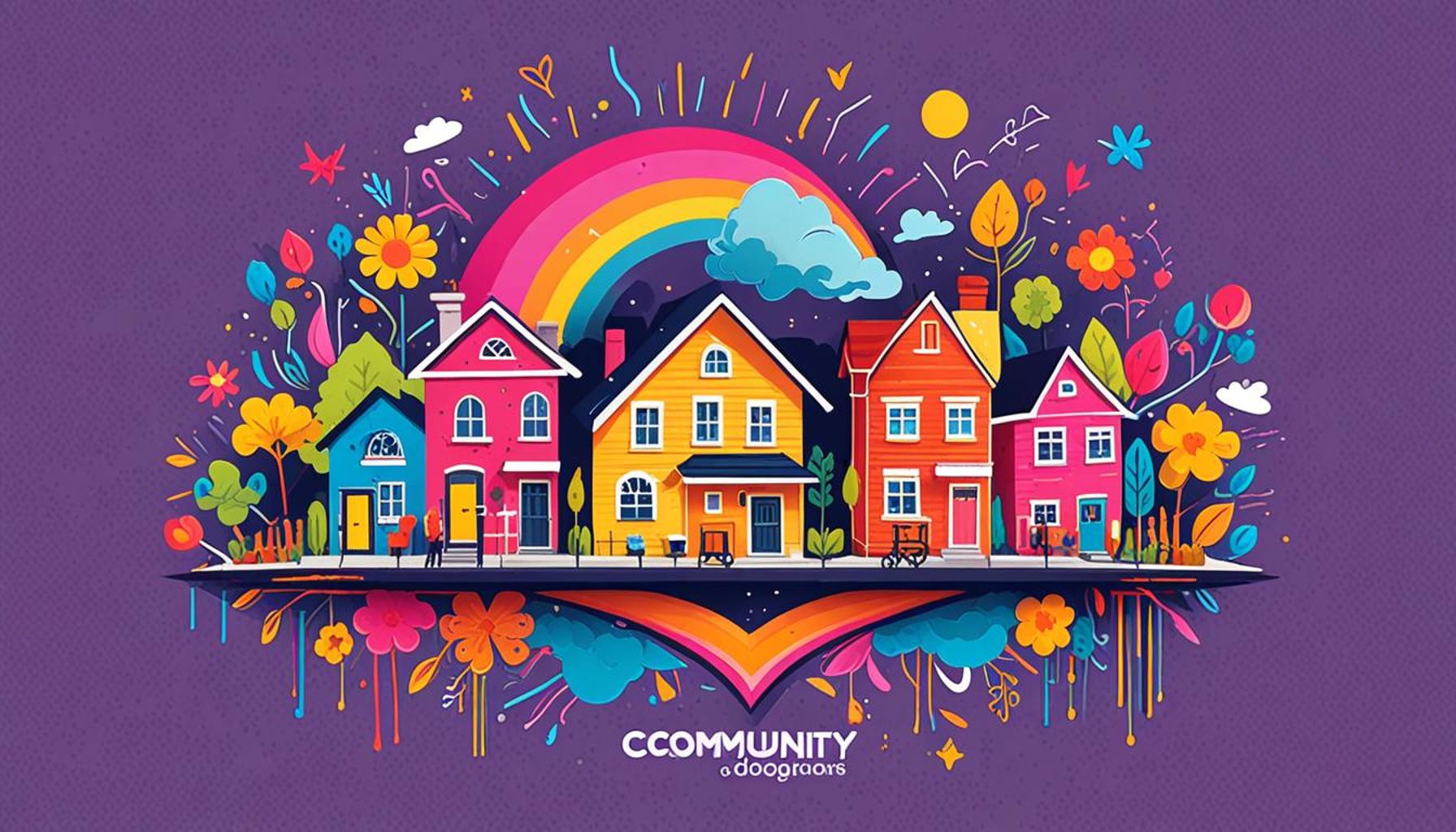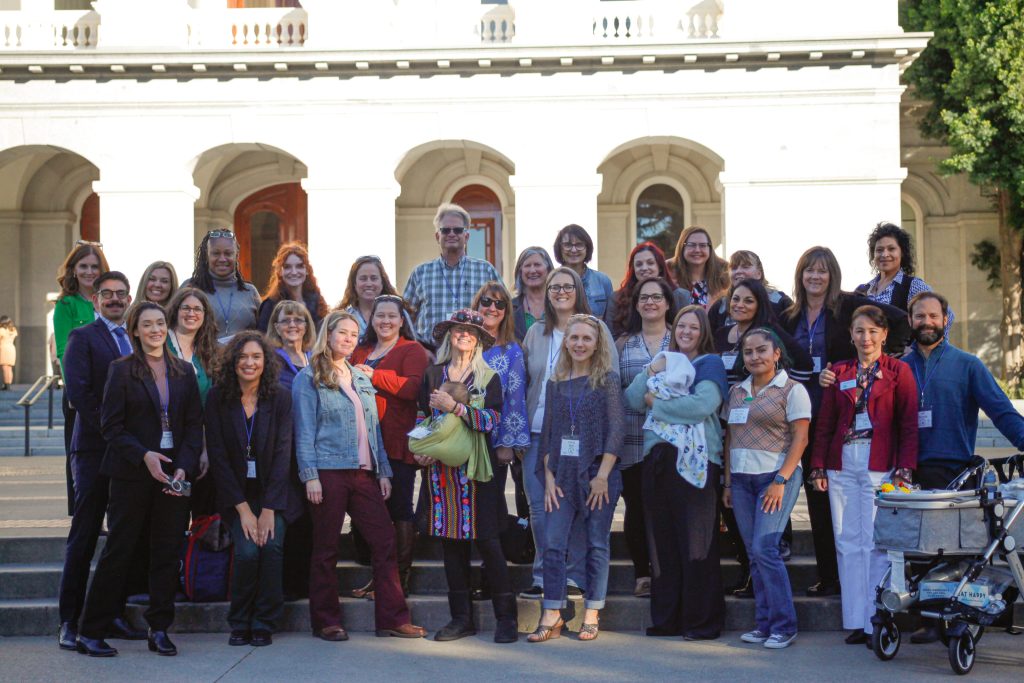Community Adoption Programs: How Local Initiatives are Changing Lives and Homes

The Impact of Community Adoption Programs
Across the United States, community adoption programs are making significant waves. From urban centers to rural towns, these local initiatives are not just changing lives; they are reshaping entire neighborhoods. By promoting unity and encouraging local involvement, these programs are fostering environments that support both individual aspirations and collective well-being.
Community adoption programs serve various purposes, including:
- Promoting pet adoption to reduce animal shelters’ overcrowding.
- Facilitating foster care and adoption for children in need.
- Implementing housing initiatives that provide stable homes.
One prominent example of a successful community adoption program is the “Adopt-a-Pet” initiative, which not only helps find homes for countless animals but also educates potential pet owners about responsible pet care. By organizing local events and emphasizing the importance of adopting over buying, communities have reported a remarkable decrease in shelter overcrowding. According to recent statistics, approximately 1.6 million shelter animals are adopted in the U.S. each year, showcasing the impact of these efforts.
Similarly, foster care and adoption programs are vital in connecting children with loving families. Initiatives like “One Simple Wish” provide a platform for community members to support foster children directly, whether through tangible donations or mentoring relationships. These programs have led to measurable improvements in children’s well-being and stability, reinforcing the idea that a supportive community can change lives forever.
Housing initiatives such as the “Neighborhood Stabilization Program” tackle the pressing issue of homelessness by rehabilitating foreclosed homes and providing low-income families with affordable housing. Such interventions create not only physical structures but also foster a sense of belonging and safety, which are integral for community progress.

What’s remarkable is how these initiatives mobilize volunteers, local businesses, and government entities, creating an interconnected network of support. In places like Los Angeles and Chicago, collaborations have emerged between local restaurants and shelters to raise funds and awareness, demonstrating how community members can leverage their resources for collective benefits.
Local communities are witnessing firsthand the profound impact of these programs. They foster not just a sense of responsibility but also community empowerment. As residents come together, they build resilience and inspire collective action, proving that together they can initiate meaningful change.
In this article, we delve deeper into various community adoption programs, examining their frameworks, success stories, and future aspirations. By highlighting these initiatives, we aim to encourage more communities to participate in transforming lives and homes for the better. Through increased involvement and awareness, we can collectively foster environments where every individual—be they person or pet—can thrive.
DIVE DEEPER: Click here for essential puppy training tips
Pet Adoption Initiatives that Transform Communities
One of the most heartwarming aspects of community adoption programs is their focus on pet adoption, which addresses both the welfare of animals and the health of communities. Initiatives centered around this cause have become increasingly popular, driven by the pressing need to alleviate overcrowding in animal shelters across the nation. Programs like “Adopt-a-Pet” not only facilitate the adoption process but also enhance community bonds through shared love for animals.
According to the ASPCA, approximately 6.5 million companion animals enter U.S. animal shelters every year. With figures like these, it is easy to see why there is an urgent need for effective community-driven adoption programs. Many shelters organize events such as “Adoption Days” or “Foster-a-Pet” programs, encouraging local families to open their homes to pets in need. These events do more than find homes for animals; they bring communities together, fostering connections among pet owners and creating networks of support that extend beyond the initial act of adoption.
Moreover, educational workshops are pivotal in these pet adoption initiatives. They provide information about responsible pet ownership, including training, health care, and the importance of spaying or neutering. Such workshops often address common misconceptions about shelter pets, highlighting their adaptability and capacity for love. This can lead to increased adoption rates, as potential adopters feel more informed and emotionally equipped to take on the responsibility of a new pet.
Engaging the Community
The success of pet adoption programs is heavily reliant on community engagement. Local businesses play a crucial role in these efforts, often partnering with shelters to sponsor events or donate a portion of their sales to support adoption campaigns. For instance, in cities like Nashville and Seattle, local cafes host “Pet Adoption Coffee Mornings,” where patrons can enjoy a warm beverage while meeting animals available for adoption. Such collaborations have been known to forge strong ties between local enterprises and community members, amplifying the reach of adoption efforts.
- Volunteerism: Local volunteers often step up to foster animals or help with events, highlighting the community-driven nature of these initiatives.
- Awareness Campaigns: Many neighborhoods utilize social media to share success stories, drawing in more potential adopters and creating a sense of pride.
- Events and Outings: Activities like dog parades or adoption fairs create opportunities for community interaction while promoting animal welfare.
This grass-roots movement is not just about saving animals; it is about creating healthier, more cohesive communities. By engaging local residents and businesses, these programs cultivate a culture of pet adoption that not only encourages animal welfare but also enriches community relationships. As we delve deeper into the various aspects of community adoption programs, it becomes clear that these initiatives are more than just local efforts—they are essential blueprints for creating vibrant, compassionate neighborhoods.
| Category | Key Benefits |
|---|---|
| Community Engagement | Fosters a sense of belonging and ownership among residents, encouraging active participation in community life. |
| Resource Sharing | Facilitates access to shared resources such as tools, spaces, and knowledge, which enhances collaboration and reduces costs for residents. |
Community adoption programs have emerged as a powerful tool in transforming local neighborhoods, creating a ripple effect that benefits both individuals and families. These initiatives not only focus on direct assistance but also emphasize empowerment through community engagement.By participating in local initiatives, individuals gain access to resources that can significantly affect their quality of life. Community engagement encourages residents to take an active role in shaping their surroundings, resulting in increased social bonds and stronger local networks.Moreover, these programs often promote resource sharing, which alleviates financial burdens on families. Neighbors are more inclined to share tools, resources, and skills, fostering an environment of collaboration that can lead to innovative solutions for common challenges. From community gardens to home repair cooperatives, these shared efforts collectively improve living conditions while building trust among participants.As people become more involved in community programs, they not only improve their immediate environment but also contribute to a culture of assistance and empathy, creating a brighter future for all involved. Exploring the various facets of these initiatives can reveal the transformative power of community togetherness.
DISCOVER MORE: Click here to learn everything you need to know about pet adoption
Fostering Human Connections through Adoption Programs
While pet adoption initiatives are a vital component of community adoption programs, it is essential to recognize how these programs contribute to fostering valuable human connections. The act of adopting a pet often reflects deeper social dynamics within communities; it serves as a conduit for individuals to connect, share experiences, and support one another. This interconnectedness can lead to stronger, more integrated neighborhoods, addressing other key social issues such as isolation and mental health.
The benefits of community adoption programs extend well beyond animal welfare. A recent study found that pet ownership can provide a sense of purpose and belonging, particularly for marginalized groups. Special focus groups have shown that people from various demographics, including seniors, single parents, and those facing economic challenges, find solace and companionship in pet ownership. These groups often face loneliness, which can be mitigated by the presence of a beloved pet. Local adoption efforts highlight this relationship between animals and people and work to bridge gaps in community ties.
Community-Led Initiatives
Beyond standard pet adoption efforts, many community adoption programs have diversified their initiatives to foster inclusion and support. For example, programs like “Pets for Vets” serve to connect shelter animals with veterans, providing emotional support and companionship to those who need it most. This unique program demonstrates how tailored initiatives can specifically address social issues while simultaneously enhancing the lives of both pets and people involved.
Moreover, partnerships with mental health organizations and social service agencies further illustrate the expansive reach of community adoption programs. Organizations are increasingly co-hosting workshops and outreach events that emphasize the importance of pet companionship in mental health and personal wellness. For example, the “Pets & People” program at Oswego County Animal Welfare recognizes the therapeutic outcomes of animal adoption and aims to connect pet adoption with mental health resources, offering free counseling sessions for new pet parents experiencing adjustment difficulties.
- Group Activities: Many programs organize group outings where adopters can share experiences in pet ownership, promoting camaraderie and connection.
- Resource Networks: Local initiatives often develop resource networks for pet owners, offering tips, workshops, and social events that create supportive environments.
- Inter-Generational Programs: Collaborative efforts between schools and shelters, like “Read-to-Dogs” programs, engage children in reading while benefiting the pets, thereby fostering relationships across ages.
The results of these community-led initiatives are profound. By addressing not just animal welfare but human needs as well, community adoption programs act as catalysts for social change. For instance, cities with robust adoption frameworks have observed reductions in homelessness rates, driven by engaging former pet owners alongside their furry companions. This connectivity can truly reshape neighborhoods, proving that compassion for animals and caring for fellow humans go hand in hand in creating vibrant communities.
DISCOVER MORE: Click here to learn about pet adoption essentials
Transforming Lives through Community Adoption Programs
In conclusion, community adoption programs serve as a remarkable testament to the power of local initiatives in transforming lives and homes. These programs do not merely facilitate the adoption of pets; they create lasting bonds and address critical social dynamics within communities. The ripple effects of these initiatives extend far beyond animal welfare, impacting mental health, fostering human connections, and promoting social cohesion.
As we have seen, initiatives such as “Pets for Vets” and collaborations with mental health organizations not only provide companionship to vulnerable populations but also highlight the essential role that pets play in enriching human lives. The community-focused approach to adoption emphasizes inclusion and support, creating networks that are invaluable for individuals facing isolation or hardships. These results underscore the integral relationship between animal welfare and human well-being, proving that when communities come together to facilitate pet adoptions, they cultivate environments filled with empathy, understanding, and connection.
Moreover, as cities continue to innovate and adapt their frameworks, there is significant potential to further enhance these local efforts. By continuing to embrace initiatives that align with community needs, policymakers, organizations, and individuals can work hand-in-hand to create a society where every home is enriched through the love of a pet. As we reflect on these successful models, it becomes clear that community adoption programs are not just about finding homes for animals; they are about building stronger, more resilient communities.



